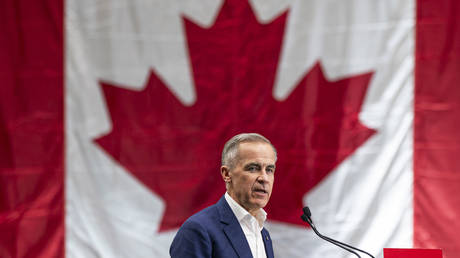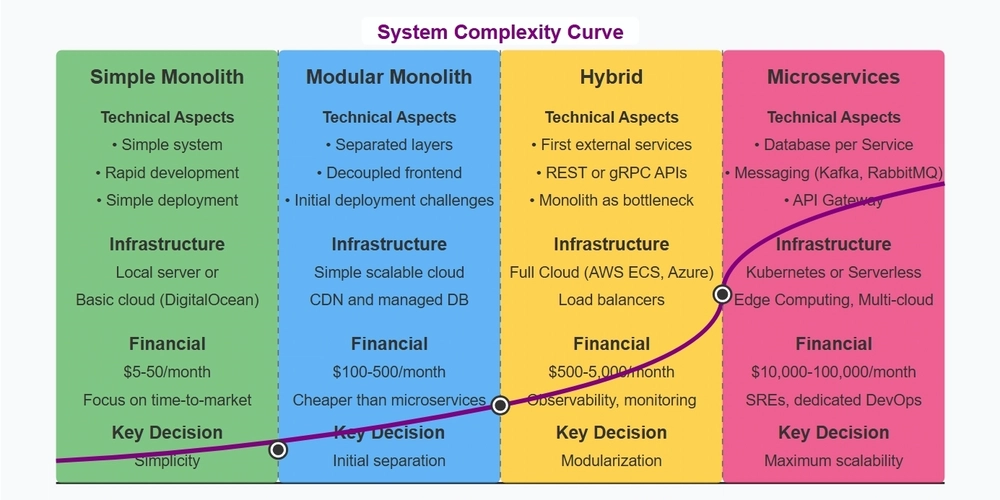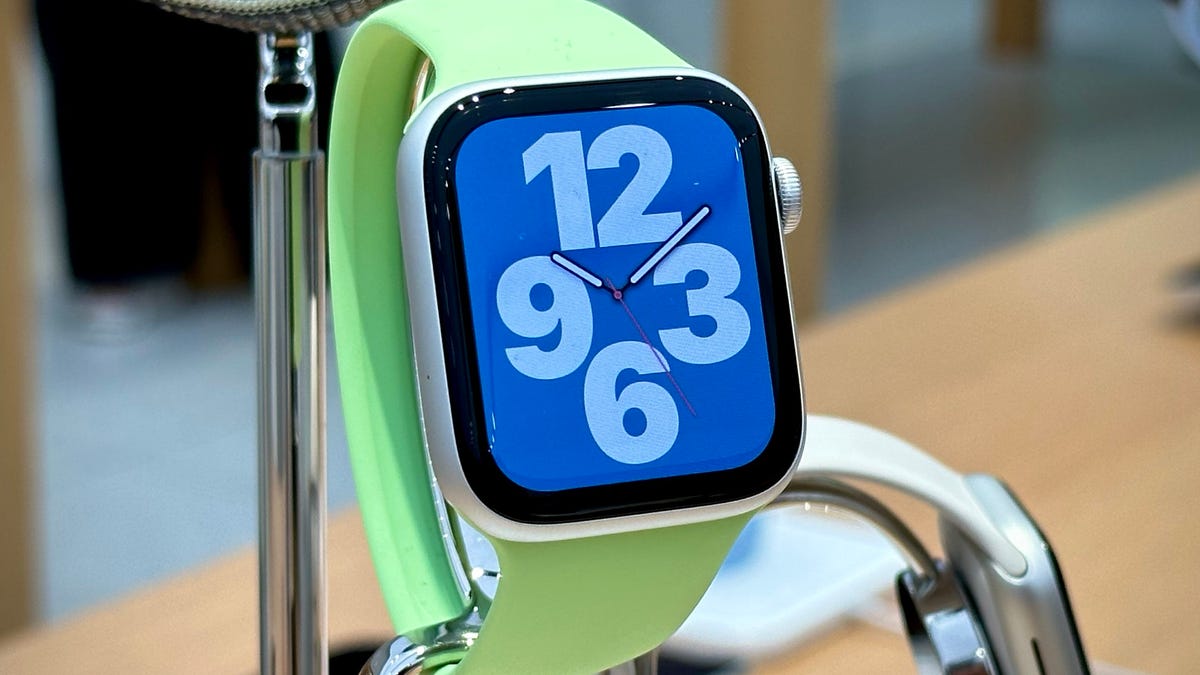Americans expect tariffs to push up prices, shrink revenues: Poll
Americans are expecting the Trump administration’s tariffs to result in higher prices and believe their overall cost will be greater than their revenue increases, according to a new poll. Eighty-nine percent of U.S. adult respondents think the tariffs will increase prices, while 70 percent believe the tariffs will cost more than what they bring in,...

Americans are expecting the Trump administration’s tariffs to result in higher prices and believe their overall cost will be greater than their revenue increases, according to a new poll.
Eighty-nine percent of U.S. adult respondents think the tariffs will increase prices, while 70 percent believe the tariffs will cost more than what they bring in, according to a survey published Monday by Gallup.
Fewer Republicans are predicting upward price movements as a result of the tariffs than Democrats, but people from both parties agree on the overall upward price pressures.
Eighty-two percent of Republicans and 92 percent of Democrats are predicting higher prices.
Republicans and Democrats are split on the revenue effects, with 77 percent of Republicans seeing long-term revenue gains from the tariffs and 93 percent of Democrats predicting long-term revenue losses.
They’re also split on whether the tariffs will contribute to more manufacturing jobs in the U.S., one of President Trump’s stated goals for the tariffs.
Eighty-five percent of Republicans think there will be more manufacturing jobs created, while 79 percent of Democrats think there won’t be, according to the survey, which was conducted April 2-15/
Most economists and many business groups have been warning of inflationary effects from Trump's new import taxes.
Many companies pulled up orders of foreign goods in advance of the tariffs, and economists say they’ll take about three months to translate into consumer prices. Trump announced a 10 percent general tariff on April 2 and increased tariffs on U.S. trading partner China to 145 percent in the days following.
“Consumers today are buying goods imported before the oppressive burden of trade taxes,” UBS economist Paul Donovan wrote in a Monday commentary. “On average, it will take about three months for pre-tax inventory to be used.”
The overall effective U.S. tariff rate is now about 25 percent, the highest level in more than a century, according to the International Monetary Fund. Trump has also levied targeted tariffs on goods including steel and aluminum, lumber and automobiles.
Federal Reserve Chair Jerome Powell has warned of both higher prices and expectations of higher prices resulting from tariffs.
Economic effects of the tariffs “will include higher inflation,” Powell said in April. “Measures of near-term inflation expectations have moved up significantly, with survey participants pointing to tariffs.”
Inflation was a top issue in the 2024 election after price increases hit 40-year highs in the aftermath of the pandemic.
A pledge to bring down prices figured repeatedly in Trump’s campaign for the White House.
“We will end inflation and make America affordable again, to bring down the prices of all goods,” Trump said at a rally in Montana in August of last year.
“Prices will come down. You just watch: They’ll come down, and they’ll come down fast, not only with insurance, with everything,” he said at a rally in North Carolina in the same month.
Inflation came down in February and March after rising through the fourth quarter of last year. Prices fell to a 2.4 percent annual increase in March after hitting a recent peak of 3 percent in January.













































































.jpg)